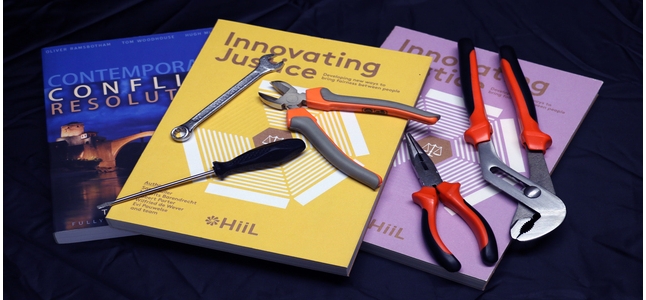‘Responsiveness’ is not the first word that comes to mind when thinking of civil justice systems. In civil law countries like the Netherlands, we follow a lengthy legislative process if we want new rules governing our procedures. Starting with a working group of experts, a lengthy report with proposals, a slimmed down list after consultation with stakeholders, we gradually improve or procedures. There may be good reasons for such, but it does not make the justice sector responsive to justice needs.
I recently spent some time working in Chennai, India. Modria, our software partner for Rechtwijzer 2.0 has a local branch there. A large part of Modria’s energetic team of software developers gained experience at eBay and PayPal and now work on Online Dispute Resolution.
Rechtwijzer is built on the same software that powers the online dispute resolution for eBay and PayPal. It robustly processes over 60 million disputes per year and runs in the cloud. An important feature is its configurability. During my trip, I learned more about the amazing potential and configuration power of the technology powering Rechtwijzer 2.0.
The Rechtwijzer platform can very quickly respond to the specific justice needs of its users. Its design does not depart from the regulatory limitations. Instead, it follows the dispute behaviour of people. What steps do they take, what information are they looking for, what support may help them? We designed Rechtwijzer 2.0 so people find legal information when they need it. It allows people work in their own words, in their own pace and from their own homes. And professionals support is available with a click of a button.
Finding out to what extent this meets justice needs can only be done in practice. What is ‘just-in-time’ delivery of legal information and when is it ‘too early’ or ‘too late’? We can only learn through an ongoing dialogue with users.
Learning and improving is thus more a matter of tinkering. Trying new things and bring it back to the users to learn from them whether it works. With Rechtwijzer 2.0, it is more a matter of configuring the software powering our procedures in small steps. Rather than pursuing wholesale change of the rules of procedure.
At HiiL, we are currently building such capacity. How long before our courts and Ministries of Justice hire their first justice technology engineers?


